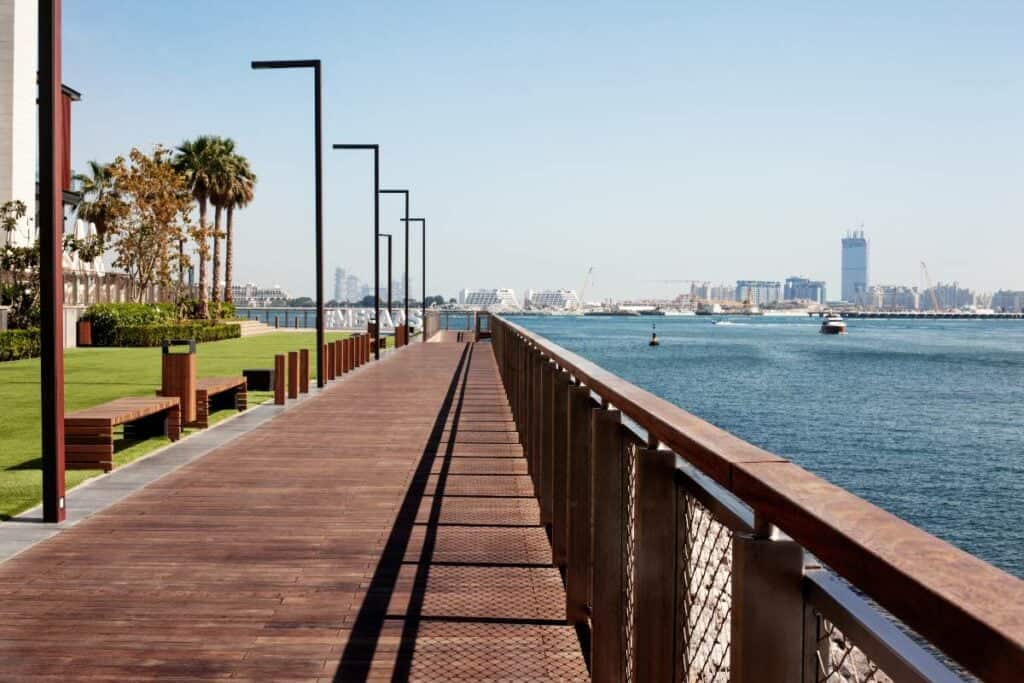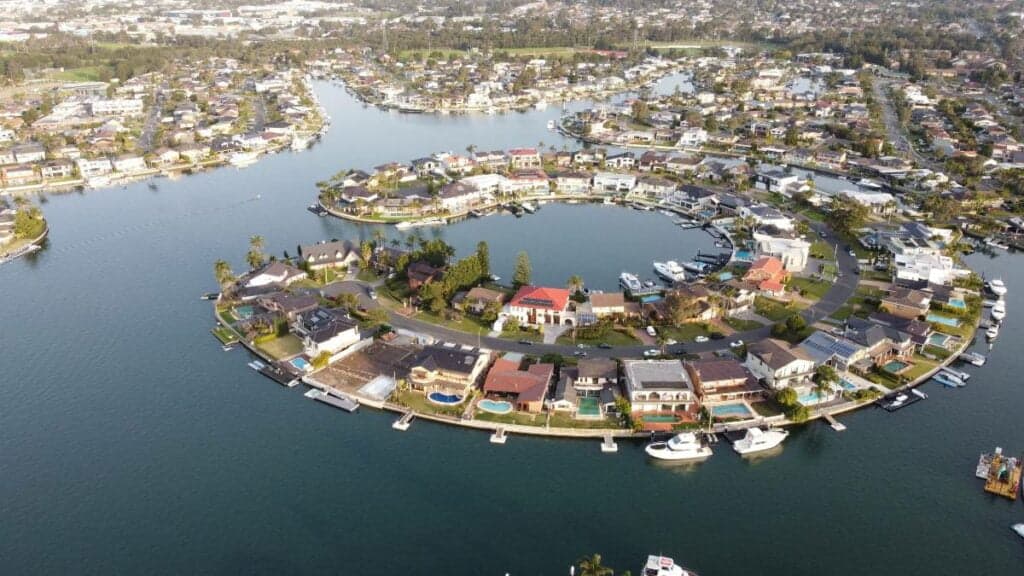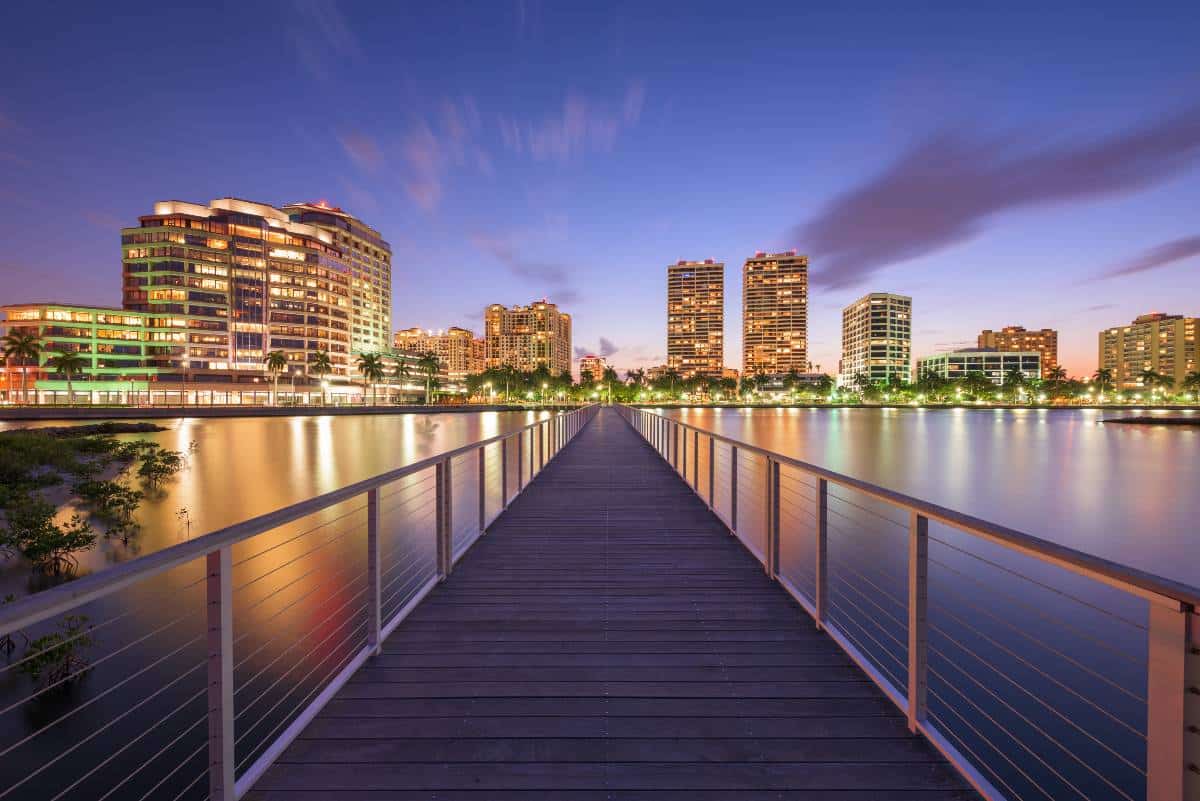As a commercial real estate expert with nearly 20 years of experience in the Los Angeles area, I’m fascinated by the massive makeover happening along the LA waterfront. A diverse array of projects aims to turn this industrial port area into a bustling hub of culture, commerce, research, and recreation.
The scale of investment demonstrates the project partners’ ambitious vision. With over $500 million of total funding planned from both public and private sources, these new developments have the potential to drastically reshape adjacent communities like San Pedro and Wilmington. For business owners and investors, the possibilities are endless.
Key Takeaways
- The LA waterfront is undergoing a major revitalization through public-private partnerships and over $500 million in planned investment.
- New mixed-use districts like West Harbor will transform San Pedro with dining, retail, and entertainment venues.
- Improved public access and transportation connections are key focuses of the San Pedro Waterfront Connectivity Plan.
Table of Contents
Transforming San Pedro’s Waterfront
The showstopper of the Commercial Real Estate LA Waterfront revitalization is undoubtedly the West Harbor project. Encompassing over 40 acres with a roughly $160 million investment, West Harbor will introduce 200,000 square feet of dining, retail, and entertainment venues in a pedestrian-friendly mixed-use district.
- Key aspects that intrigue me about West Harbor include:
- Flexible small spaces for local shops and restaurants
- Outdoor promenades and event gathering spaces
- Office space catered towards creative companies
- With a slated 2025 opening, I’ll be tracking West Harbor closely as a bellwether for shifting demographics and opportunities in San Pedro
Complementing private projects like West Harbor, the Port of LA’s San Pedro Waterfront Connectivity Plan focuses on linking this area’s attractions through alternative transportation:
- Improved bike paths, sidewalks, and DASH bus routes aim to provide car-free access
- Connecting downtown San Pedro to the waterfront remains a challenge given the significant grade changes
- If executed well, connectivity plans can allow denser commercial development while minimizing traffic impacts
Between West Harbor and connectivity improvements, San Pedro’s waterfront should transform into an engaging, vibrant district over the next 3-5 years. For restaurateurs, retailers, and creative office tenants priced out of areas like Downtown LA, this represents an extremely compelling opportunity in my view.
Upgrading Around Fish Harbor
While the San Pedro waterfront garners headlines, sizable investment is also occurring in the more industrial Fish Harbor area:
- The Avalon Promenade and Gateway Project will link San Pedro and Wilmington through a pedestrian bridge and walking path network
- On Terminal Island, the AltaSea ocean research non-profit is spearheading a 35-acre campus for aquatic innovation
- Nearly $100 million of public funding aims to spur private investment to revitalize older port infrastructure
I’ll be tracking the job creation and environmentally-conscious construction methods of AltaSea closely. Their goals align with the wider market demand for sustainability. Upgrades around Fish Harbor can also amplify the area’s tourist appeal.
Public-Private Partnership Investment Model
Many complex megaprojects utilize public-private partnership (P3) investment models to secure financing, which is the case for much of the LA waterfront development:
- The Port of LA contributes land assets, funding, and oversight as a public entity
- Private developers like Ratkovich Properties provide operational expertise, equity, and debt financing
- Benefits of P3 models include risk-sharing and leveraging the expertise of each partner
- Misaligned incentives can bog projects down without safeguards in place
From my commercial real estate perspective, these projects provide useful case studies of P3 structures for joint development:
- West Harbor P3: Port of LA contributed over $150M plus the land, while Ratkovich and Jerico Partners co-invest $160M in equity
- AltaSea P3: Initial campus construction began through grants and donations, now scaling through leased port warehouses
I’ll be keeping a close watch on how amenable these arrangements are for the public and private partners involved.

Placemaking and Community Connections
While driving economic growth is crucial, truly transformational development projects must engage residents and foster inclusive spaces. Some promising efforts underway along the LA waterfront that promote placemaking include:
- Community input guides district planning to maintain cultural authenticity
- Improved transit, bike paths, and water taxis aim to enhance public access
- Historical elements like the SS Lane Victory ship are being preserved
- Future phases may incorporate public parks, permanent performance venues, and a conference center
Substantial investments in remaking whole neighborhoods, maintaining affordable housing, and protecting vulnerable residents must remain priorities as well.
By championing cultural heritage while enabling experiences like eating sustainably sourced seafood alongside docked ships, the LA waterfront redevelopment can usher in balanced growth for the surrounding communities.
I’m cautiously optimistic the upgrades can achieve the longstanding goals of connecting these neighborhoods with the economic engine that is the Port of Los Angeles. Of course, execution will determine outcomes.
Emergency Preparedness and Climate Resilience
Situated along major fault lines and exposed to sea level rise, designing for seismic events and floods remains paramount for LA waterfront projects:
- West Harbor’s industrial steel frame adds earthquake resistance
- Green infrastructure will mitigate storm runoff pollution and flooding
- Solar panels and EV charging stations exemplify renewable energy goals
- Rooftop green spaces and reflective pavement will reduce heat effects
I applaud the mandate for LEED Gold and other sustainability targets, though resilience considerations add substantially to costs. It will be instructive to compare budget overruns across projects like West Harbor, San Pedro Public Market, and AltaSea as climate change adaptation benchmarks.
For context, the latest projections suggest sea levels near LA could rise 14 inches by 2050 and over 3 feet by 2100. As waterfront property owners brace for impact, embedding resilience initiatives into rebuilding efforts here will provide useful models to replicate.

FAQs
What is the total estimated investment planned for upgrading the LA waterfront?
Over $500 million worth of public and private funding is slated for developments across San Pedro and Wilmington. Major projects span mixed-use districts, improved transportation, sustainability upgrades, and community-oriented public spaces.
Which LA waterfront project involves the most acreage?
The San Pedro Waterfront Connectivity Project includes plans to improve pedestrian, bike, bus, and vehicle access across hundreds of acres of land and 8 total miles of waterfront. Connecting the community to the waterfront remains an immense challenge.
What are examples of sustainability features being incorporated into the new waterfront developments?
Solar panels, EV charging stations, drought-resistant landscaping, reflective pavement, green roofs, and stormwater capture infrastructure exemplify how the latest project designs aim to meet LEED sustainability benchmarks.
Why are public-private partnerships used for financing projects instead of pure public or private funding?
Complex large-scale developments often utilize public-private partnership models to effectively distribute risk across both partners while benefiting from blended operational expertise and networks. However conflicting incentives can derail projects if governance isn’t streamlined.
Which restaurant companies have leased retail space at the West Harbor development so far?
San Pedro Fish Market secured spaces early on at the North Park area of West Harbor, serving as an anchor dining tenant. Several other restaurants and eateries will likely join them, with 60% of retail spaces pre-leased ahead of West Harbor’s grand opening.
Conclusion
Between executing $500+ million of development projects and contending with climate change impacts, the stakes are undoubtedly high for the LA waterfront modernization effort. Still, the potential economic windfall makes perseverance worthwhile.
Thriving mixed-use districts could meaningfully expand the property tax base while creating thousands of jobs. And the opportunity to thoughtfully enhance coastal access, recreation, culture, and environmental research capacity would provide generational benefits.
With so much in flux, as a commercial real estate advisor I’m committed to guiding clients to valuable spaces in this evolving market. For any business owners intrigued by the possibilities of acquiring retail, restaurant, office, or industrial space along the LA waterfront, please schedule a consultation with me. I’d be delighted to offer strategic guidance tailored to your needs.
The waves of progress continue swelling – let’s sail ahead together toward the limitless prospects materializing along LA’s dynamic waterfront!




